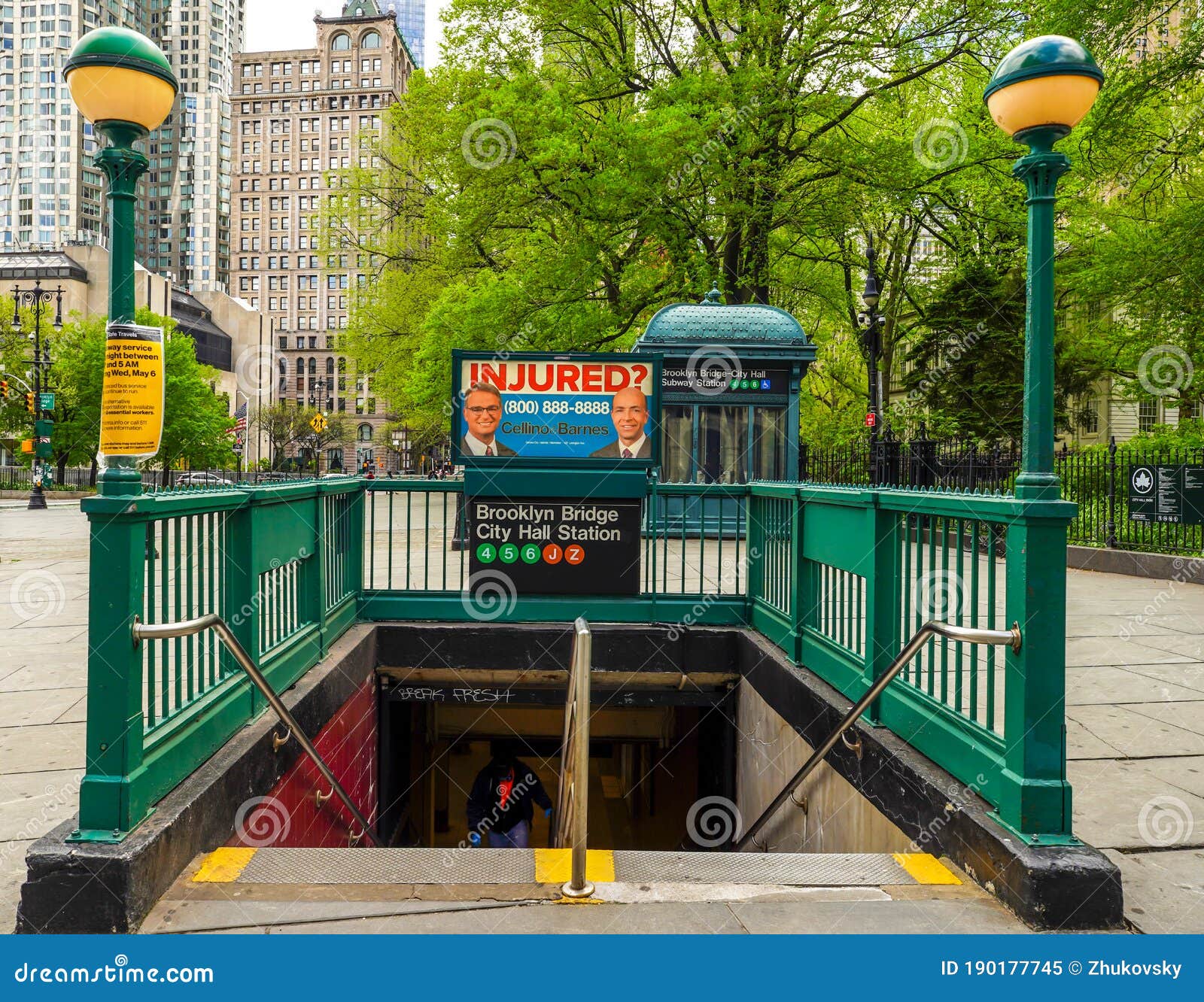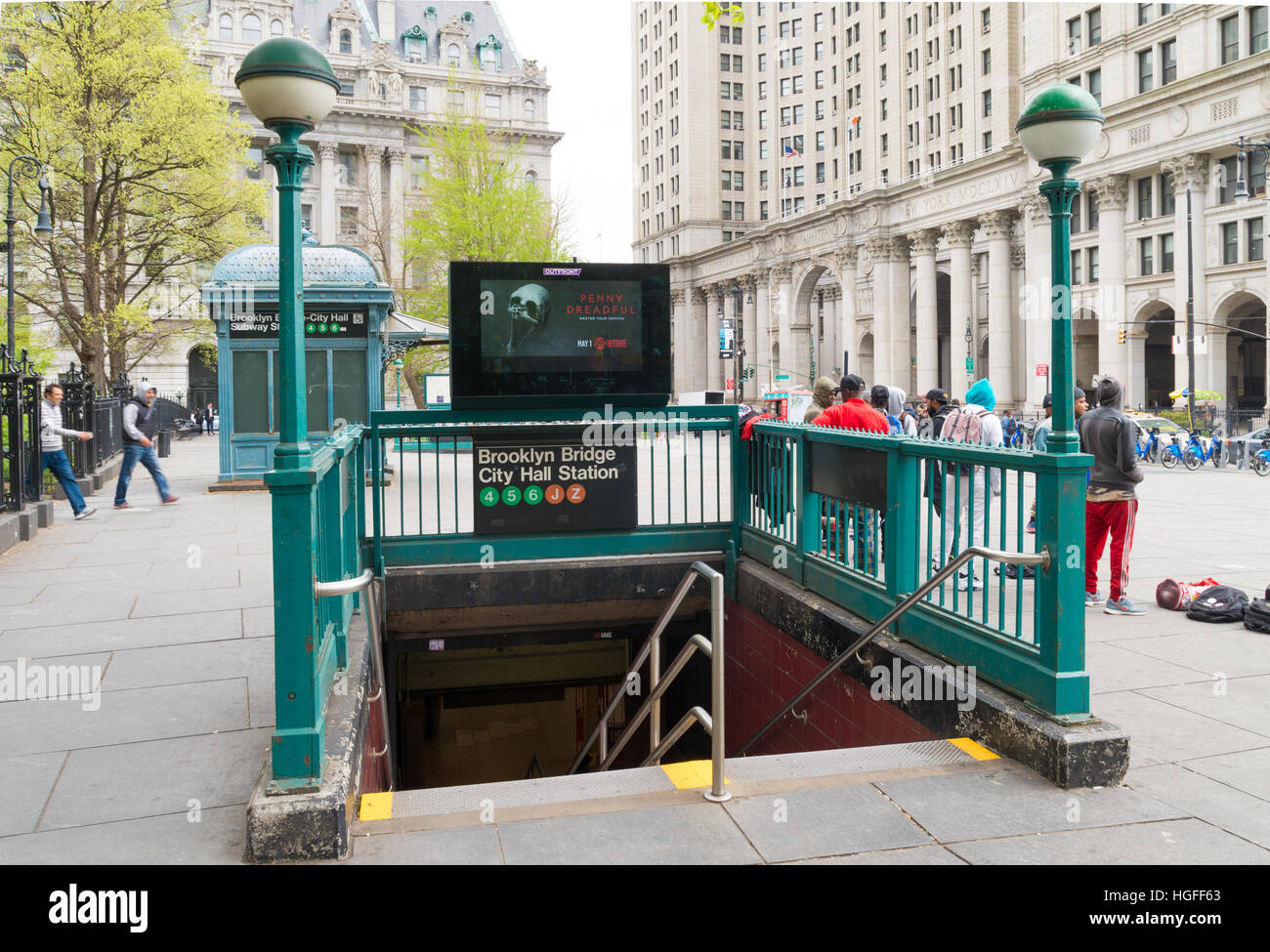The Brooklyn Bridge City Hall stands as a testament to architectural brilliance and historical significance in New York City. Spanning across the East River, it connects two iconic boroughs, Brooklyn and Manhattan, offering breathtaking views and a rich cultural experience. As one of the oldest suspension bridges in the United States, it continues to captivate millions of visitors annually.
For over a century, the Brooklyn Bridge has been a symbol of innovation, perseverance, and unity. Its proximity to City Hall Park adds another layer of historical depth, creating an unparalleled destination for tourists and locals alike. Walking across this magnificent structure provides not only a physical journey but also an emotional connection to the city's storied past.
Whether you're a history enthusiast, an architecture lover, or simply someone seeking a memorable experience, the Brooklyn Bridge City Hall area offers something for everyone. In this article, we'll delve into the fascinating history, design, and cultural significance of this iconic landmark, providing you with all the information you need to make your visit truly unforgettable.
Read also:Understanding The Concept Of Ni In Modern Contexts
Table of Contents
- The History of Brooklyn Bridge City Hall
- Architectural Marvels of the Brooklyn Bridge
- Construction Challenges and Innovations
- City Hall's Role in Brooklyn Bridge's Legacy
- Tourism and Visitor Experience
- Tips for Visiting the Brooklyn Bridge City Hall Area
- Cultural Impact and Popularity
- Environmental Considerations
- Maintenance and Preservation Efforts
- Future Developments and Plans
The History of Brooklyn Bridge City Hall
The Brooklyn Bridge, officially opened on May 24, 1883, is a marvel of 19th-century engineering. Designed by John Augustus Roebling, the bridge was completed by his son, Washington Roebling, after John tragically passed away during the early stages of construction. The bridge's location near City Hall Park makes it a central hub for historical exploration in New York City.
Throughout its existence, the Brooklyn Bridge has played a pivotal role in shaping the city's infrastructure and culture. It has witnessed significant historical events, from the Great Depression to modern-day celebrations, becoming a symbol of resilience and progress.
Significance in American History
- Designated as a National Historic Landmark in 1964
- Recognized for its groundbreaking use of steel cables
- Served as a vital transportation link between Brooklyn and Manhattan
Architectural Marvels of the Brooklyn Bridge
The Brooklyn Bridge showcases a blend of Gothic and Renaissance architectural styles, making it a masterpiece of design. Its suspended span, supported by massive granite towers, is both functional and aesthetically pleasing. The use of steel cables, a first for suspension bridges, revolutionized bridge construction worldwide.
Innovative Features
- First suspension bridge to use steel wires
- Incorporates both suspension and cable-stayed elements
- Features pedestrian walkways offering stunning views
Construction Challenges and Innovations
The construction of the Brooklyn Bridge was fraught with challenges, including worker fatalities, financial difficulties, and technological limitations. However, these obstacles led to groundbreaking innovations that have influenced modern engineering practices.
One of the most notable challenges was the development of caissons, large watertight chambers used to dig the bridge's foundation. This method allowed workers to operate underwater but exposed them to decompression sickness, known as "caisson disease."
Key Innovations
- Use of pneumatic caissons for foundation work
- Implementation of steel cables for increased strength
- Development of new techniques for cable spinning
City Hall's Role in Brooklyn Bridge's Legacy
City Hall Park, located near the Manhattan entrance of the Brooklyn Bridge, serves as a historical anchor for the area. The park is home to several monuments and landmarks, including the iconic City Hall building, which dates back to 1812. Together, the bridge and park form a rich tapestry of New York's history and culture.
Read also:Codi Vore Exploring The Fascinating World Of 3d Modeling And Animation
Historical Connections
- City Hall Park hosted public gatherings during significant events
- The park offers panoramic views of the Brooklyn Bridge
- Both landmarks are frequently featured in films and literature
Tourism and Visitor Experience
As one of New York City's most visited attractions, the Brooklyn Bridge City Hall area attracts millions of tourists each year. Visitors can enjoy stunning views of the Manhattan skyline, stroll through City Hall Park, and explore nearby museums and galleries.
Top Attractions Near the Brooklyn Bridge
- 9/11 Memorial and Museum
- Chinatown
- SoHo shopping district
Tips for Visiting the Brooklyn Bridge City Hall Area
To make the most of your visit, consider the following tips:
- Start your walk early in the morning to avoid crowds
- Wear comfortable shoes as the walk is approximately 1.1 miles
- Bring a camera to capture the breathtaking views
Cultural Impact and Popularity
The Brooklyn Bridge has become an integral part of American culture, frequently depicted in movies, books, and music. It symbolizes the unity and diversity of New York City, resonating with people worldwide.
Cultural References
- Featured in films like "Annie Hall" and "Once Upon a Time in America"
- Mentioned in literary works by authors like Hart Crane
- Inspiration for countless artists and photographers
Environmental Considerations
In recent years, there has been a growing focus on the environmental impact of urban landmarks like the Brooklyn Bridge. Efforts are being made to reduce carbon emissions and improve sustainability in the surrounding areas.
Sustainable Initiatives
- Introduction of bike lanes to encourage eco-friendly transportation
- Planting of green spaces in nearby parks
- Efficient lighting systems to reduce energy consumption
Maintenance and Preservation Efforts
Maintaining the Brooklyn Bridge requires ongoing efforts to ensure its structural integrity and aesthetic appeal. Regular inspections, repairs, and restoration projects are essential to preserving this historic landmark for future generations.
Preservation Strategies
- Annual inspections by professional engineers
- Restoration of original materials whenever possible
- Public funding and private donations supporting preservation
Future Developments and Plans
Looking ahead, there are exciting plans to enhance the Brooklyn Bridge City Hall area. These include improvements to pedestrian pathways, expanded green spaces, and new cultural installations that celebrate the bridge's legacy.
Upcoming Projects
- Installation of interactive exhibits highlighting the bridge's history
- Enhancements to lighting and safety features
- Development of educational programs for schools and communities
Conclusion
The Brooklyn Bridge City Hall area remains a cherished destination for people around the globe. Its rich history, architectural beauty, and cultural significance make it a must-visit location in New York City. By understanding its past and supporting ongoing preservation efforts, we can ensure that this iconic landmark continues to inspire and captivate for generations to come.
We invite you to share your thoughts and experiences in the comments below. Have you visited the Brooklyn Bridge? What did you enjoy most? Don't forget to explore other articles on our site for more fascinating insights into the world's greatest landmarks and destinations!
Data Source: National Park Service, New York State Department of Transportation

